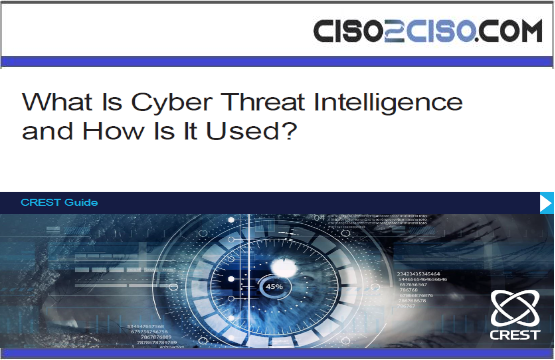This guide provides an introduction to Cyber Threat Intelligence — CTI. It provides accessible advice on the theory and practice of CTI products and services. It outlines the key concepts and principles that underpin cyber threat intelligence, along with the ways organisations use cyber threat intelligence to predict, prevent, detect and respond to potential cyber security threats and reduce the overall level of cyber risk faced.
Audience
Increasing desire to adopt an intelligence-led, risk-based approach to managing cyber threats, in line with established best-practice, has contributed to the increasing prominence of cyber threat intelligence.
This often means personnel without formal intelligence training, qualifications or experience are required to deliver and procure intelligence products and services for their organisation and oversee and develop an intelligence-led approach to cyber security. This guide is intended to inform a broad information security audience, including those with and without previous experience and understanding of cyber threat intelligence as a discipline. It is intended for organisations in the public and private sectors.
Purpose
This guide is intended to help readers:
- Understand the principles of CTI, including the three levels of intelligence and different types of intelligence sources
- Appreciate how cyber threat intelligence can be used, including organisational and departmental applications
- Understand changes in the practice of CTI since the initial iteration of the guide, and provide some insight into what is next for CTI
Updated version
Following its initial publication in April 2019, an updated version of this guide has been published in June 2022. While the core sections regarding the theory underpinning CTI remain largely unchanged, in addition to the cosmetic redesign, changes to the revised edition include:
- Refreshing the section on sources for CTI
- Updating the section on use cases for CTI
- Creating an additional resources section
- Removal of the sections on procuring CTI services, which have been addressed in a separate guide
- Adding sections on the development of the practice of CTI since the initial iteration, and an assessment of the future trajectory of the discipline
Views: 2




















































